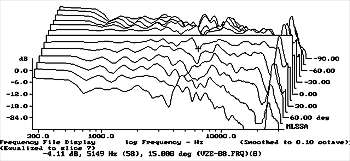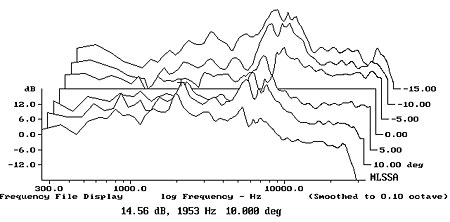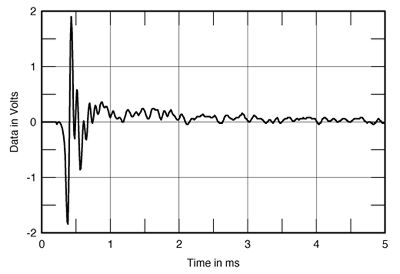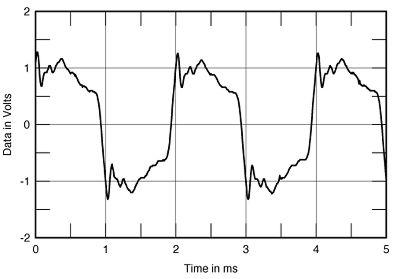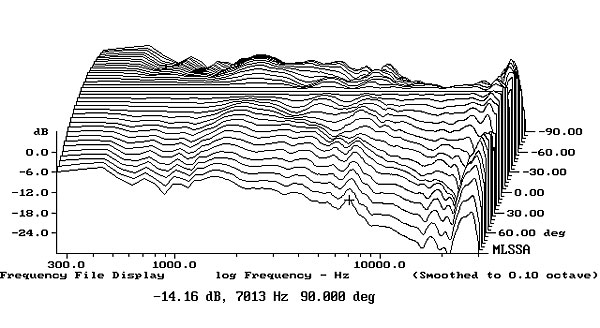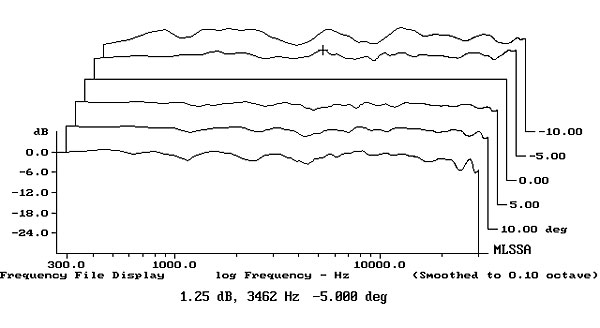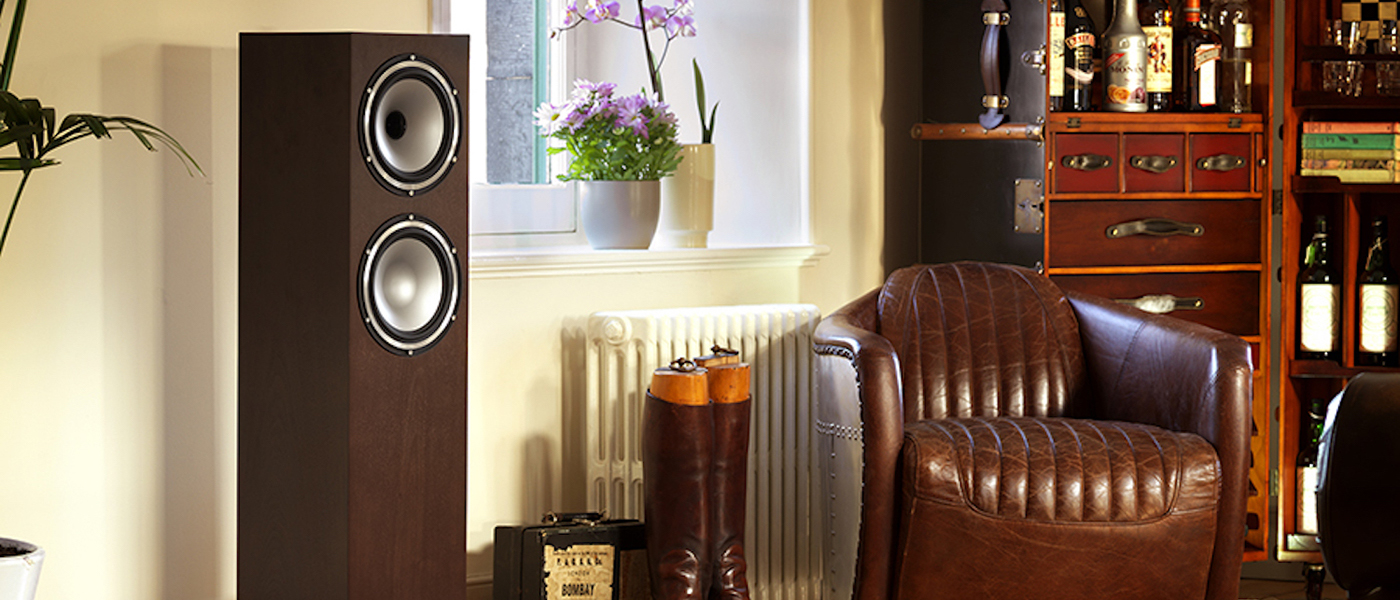That step in front of the tweeter bothers me. I'd like to know the smoothing in the graph of response. Most 1st order speakers can do pretty good impulse, step and even square waves at some point in front of the speaker. The problem is you are guaranteed severe lobing off axis. Plus you don't get that great impulse response all over just in one area. I also don't know that such an impulse is important so that by itself isn't a negative. The off axis lobing is.
I've listened many hours to Vandy's and Thiels, and their good designs can be quite good. Both shared the characteristic of being very picky about setup. Probably due to the off axis lobing. Here is the horizontal Stereophile measure of the Vandersteen 2Ce. We now know such off axis uneven response is a problem. On axis this one does a great step, impulse and passable square wave.
Here is the vertical response.
Here is the 2Ci impulse and square wave.
For comparison horizontal and vertical response of the F208 Revel.
The F208 is much easier to get sounding good and sounds better than any of the Vandys or Thiels I've heard. They use 24/db/octave or 4th order crossovers.

